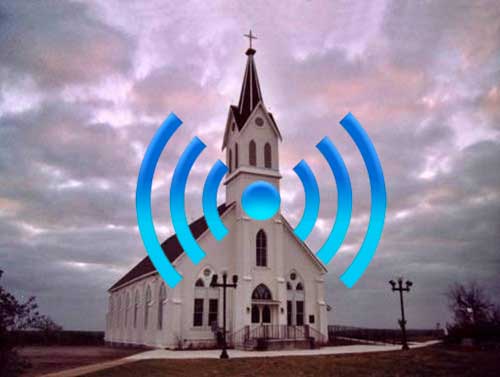
With the advent of Covid19, I was VERY enthusiastic about the church moving into the Third Millennium, getting online, and making its place in the digital world. Following this initial enthusiasm, I was interested how some communities leaped in with great ideas and action but over-reached themselves during lockdown and soon reduced to a shadow of what they began with.
Now that we, in New Zealand, are some weeks post-lockdown, I thought it worth randomly checking the online presence of different parish churches. I know that some people became interested in the Christian movement during lockdown – how easy would such people find making a connection with a church community?
From my quick, random searching, I found about 30% of the sites I looked at had services online – of these, half were simply what had been recorded during lockdown. These percentages are not rigorous, but I am not getting the sense that a majority of people are continuing with some online ministry alongside In Real Life ministry – even simply setting up a phone to stream the daily prayer or midweek Eucharist…
On parish sites, I was looking for Where? When? What? Who? And I think these basic pieces of information should be immediately visible on the front page.
I found reasonable diocesan sites – although sometimes the information just failed to load. A diocese might have a good template, providing information about parish churches: Where? When? What? Who? But, I regularly found such information out of date on a diocesan site.
On a parish website, where might be given, but no update since lockdown in March. I’m sure they meet again now, but there is no when, what, or who provided. I found a site which did not indicate where they meet. One site’s where was incorrect, out of date. Some sites simply had images. By the icons, I could see that they have a facebook page and/or an Instagram profile, but the information was not clickable. On some occasions, it took more than four clicks to dig down to the information.
Remembering that over half of information is accessed by a smart phone now, and that amongst younger people, one would say the vast majority of information is accessed that way, looking randomly at and for parish and diocesan sites using a phone, the situation is even more dire. I experienced screen after screen of unreadably small type, objects that should be clickable were unclickable, or led to a page that states it is not possible or it is not safe to proceed.
Some sites have URLs or titles that may sound “catchy” to whoever thought of this stuff, but if you are the Anglican Diocese or Church in X, that should be pretty central in your title and in your URL. It should be clear in any search that this is the site the person is looking for – and they are going to be looking for “church in X”, or “Christian service in X”, or “Anglicans in X”, etc. “Following the Spirit” as the title for your church site (my made-up example rather than embarrass publicly by pointing out actual examples) might sound great to the inside group that meets at the Anglican Church in X, but using followingthespirit.nz as your parish or diocesan URL isn’t really putting yourself in the shoes of people searching the internet who are not already part of your inside group.
Do try putting yourself in the shoes of a non-church person looking for an Anglican or Christian parish, community, or diocese and see how you go, including doing this from a phone. Let us know how you go trying some random searching…
For further reflection, here is Theologian Teresa Berger on the power of digital worship in our times.


